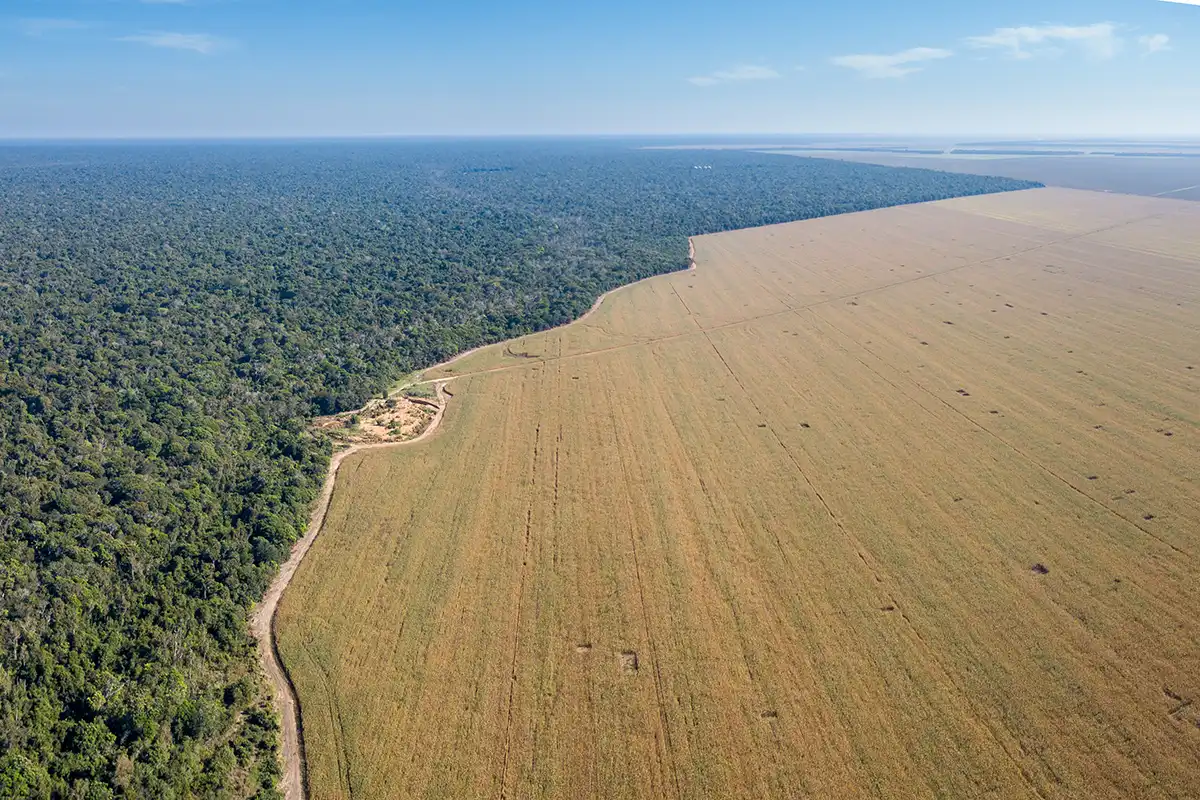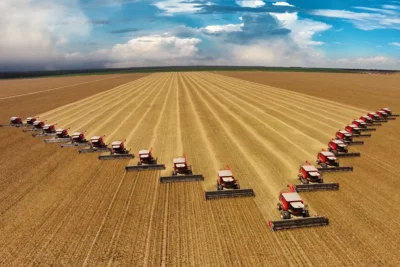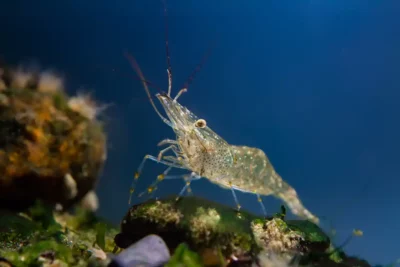Soy is a food that has long been seen as a problem for the environment, particularly due to its connection with deforestation and the impact that has on the climate and on wildlife. Here we delve deeper, find out how and where soy is grown, the impacts it has, and who exactly is responsible for those. Spoiler alert: it’s not the tofu-eaters.
What Is Soy?
Soy is a bean that is native to East Asia. It is high in protein and fiber, low in saturated fat, and is free from cholesterol, making it something of a superfood. Soy is best known as being the bean from which tofu is made, but it also goes into soy sauce (of course) and the whole pod can be eaten when the soybeans inside are still tiny, which is commonly known as edamame.
Where Is Soy Grown?
Today, many countries grow soy, but the leading producers are Brazil, the United States, Argentina, and China, and together they account for around 80 percent of all soy production. Across the world, 130 million hectares are given over to grow this bean, which is more than the entire arable land in Russia. That is a lot of soy!
Why Is So Much Soy Grown?
Four words: meat, fish, eggs, and dairy.
70 billion animals are farmed every year, and almost all of them are fed highly processed feed made from proteins, grains, and oils. Now, compare the number of farmed animals with the number of people on the planet: 70 billion farmed animals versus 8 billion people. There are almost nine times as many farmed animals — most of them trapped inside factory farms — than people! And because they yield a lot less protein (and far fewer calories) than they consume, we need to grow vast amounts of food to feed them.
Just how inefficient are animals at converting feed to protein? The highly respected International Affairs Think Tank, Chatham House, describes the process as, “staggeringly inefficient”.
Eggs: 75% of the protein in the feed is lost
Whole milk: 75% of the protein in the feed is lost
Chicken: 80% of the protein in the feed is lost
Pork: 92% of the protein in the feed is lost
Lamb: 94% of the protein in the feed is lost
Beef: 96% of the protein in the feed is lost
How Much Soy Do Farmed Animals Eat?
A whopping 76 percent of the world’s soy is grown to feed animals inside farms. Of that:
- 37%+ goes to chicken, duck, and goose farms
- 20%+ goes to pig farms
- 5.5%+ goes to fish farms
- 1.5%+ goes to dairy farms
Why is Soy Bad for the Planet?
Two factors combine to make soy production a real problem:
- The number of farmed animals who are fed on soy
- Those poor protein conversion ratios
Together, these mean that a vast amount of soy must be grown to produce the meat, fish, milk, and eggs that people are eating. But the planet is the size it is, and we cannot conjure up more arable land out of nowhere. So, to grow all that soy, forests and other important natural habitats are destroyed to make way for the crop to be grown.

Soy, Beef, and Deforestation
Since 1961, the global area used to grow soy has more than quadrupled and in Brazil, land use for soy has tripled just since 1980. But soy itself is not the only factory here. Studies have shown that, while soy may be grown on deforested lands, often the forest was originally destroyed for another purpose: to create pasture for cows who will be killed for beef. This is what happens:
- ‘Cattle’ ranchers destroy forests, often through burning, to make pasture for cows who they intend to slaughter for beef.
- When the cows have grazed the land to depletion, they are moved to another newly deforested area.
- Instead of helping the land and wildlife to recover, soy farmers move in, ready to grow and supply the raw products to factory farms all over the world.
Loss of Wildlife
When forests and other natural habitats are destroyed, it is obvious that all the life within them is destroyed too. Animals who cannot flee quick enough may burn to death, but even if they can flee, there is nowhere for them to go.
Wild animal populations have plunged by 70 percent just since 1970, and it’s not hard to guess which industry is cited as the biggest reason for this: meat.
Climate Change and Soy
When forests are cut down to create land to grow soy (or to create grazing for cows), all the carbon those trees have stored is emitted into the atmosphere. According to the World Wildlife Fund, “[f]orest loss and damage is the cause of around 10% of global warming. There’s simply no way we can fight the climate crisis if we don’t stop deforestation.”
Unfortunately, they failed to express the logical conclusion of that fact which is this: “And that means there’s simply no way we can fight the climate crisis, if we continue to eat meat.”
Soy and Pollution
Even with all that land, soy is an intensively grown crop which is doused with vast amounts of agrochemicals. In fact, most of the agrochemicals used in Brazil are sprayed onto the country’s soy crop.
Inevitably, those chemicals don’t all stay on the crop for farmed animals to consume. They are washed into waterways and into wild places. In the Brazilian state of Mato Grosso, for example, those chemicals wash downstream to the world’s largest tropical wetlands — the critically important Pantanal. The ecosystems there are irreplaceable, and such agrochemical pollution could have devastating impacts in an area that is already so vulnerable to multiple environmental crises. Already, in 2020, fires raged through the Pantanal, due to climate change, which is caused, in large part, by our consumption of meat and dairy. When we eat these foods, we are contributing to the multiple severe harms to the world’s wild places and to the animals who live there.

Should We Stop Eating Soy?
By far the most effective action we can take to protect the planet is to limit — or better still end — our consumption of meat, fish, dairy, and eggs. The production of these requires vast amounts of soy to be grown, as well as other highly processed feed ingredients.
If we all switched to eating plant-based foods, we would free up 75 percent of the world’s current farmland, and still be able to feed the entire human population. That means three billion hectares could be returned to the natural world, which would be the most impactful way we could prevent climate breakdown and protect the natural world and its inhabitants.
Conclusion
Soy itself is not a problem, but the vast amounts that need to be grown, and shipped around the world so that billions of animals inside factory farms can be maintained, is a huge problem. We can all play our part in ending the destruction of our natural world — through deforestation, water pollution, and climate breakdown — by choosing plant-based options wherever we can.
Check out our free 7 Days Vegan for the Planet program or try a full 30 days and discover how eating plant-based is also good for our health, animals, and other people, too!



